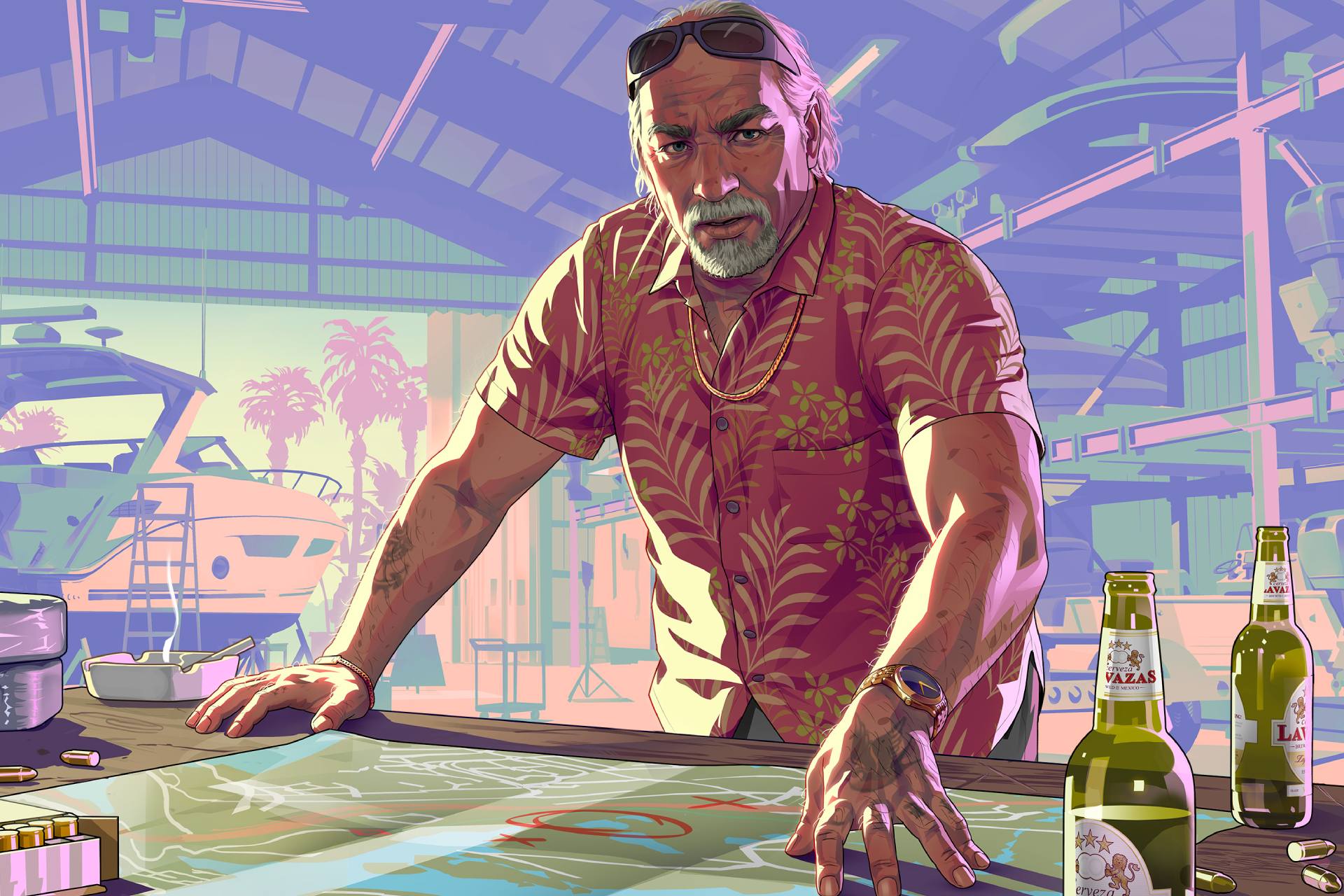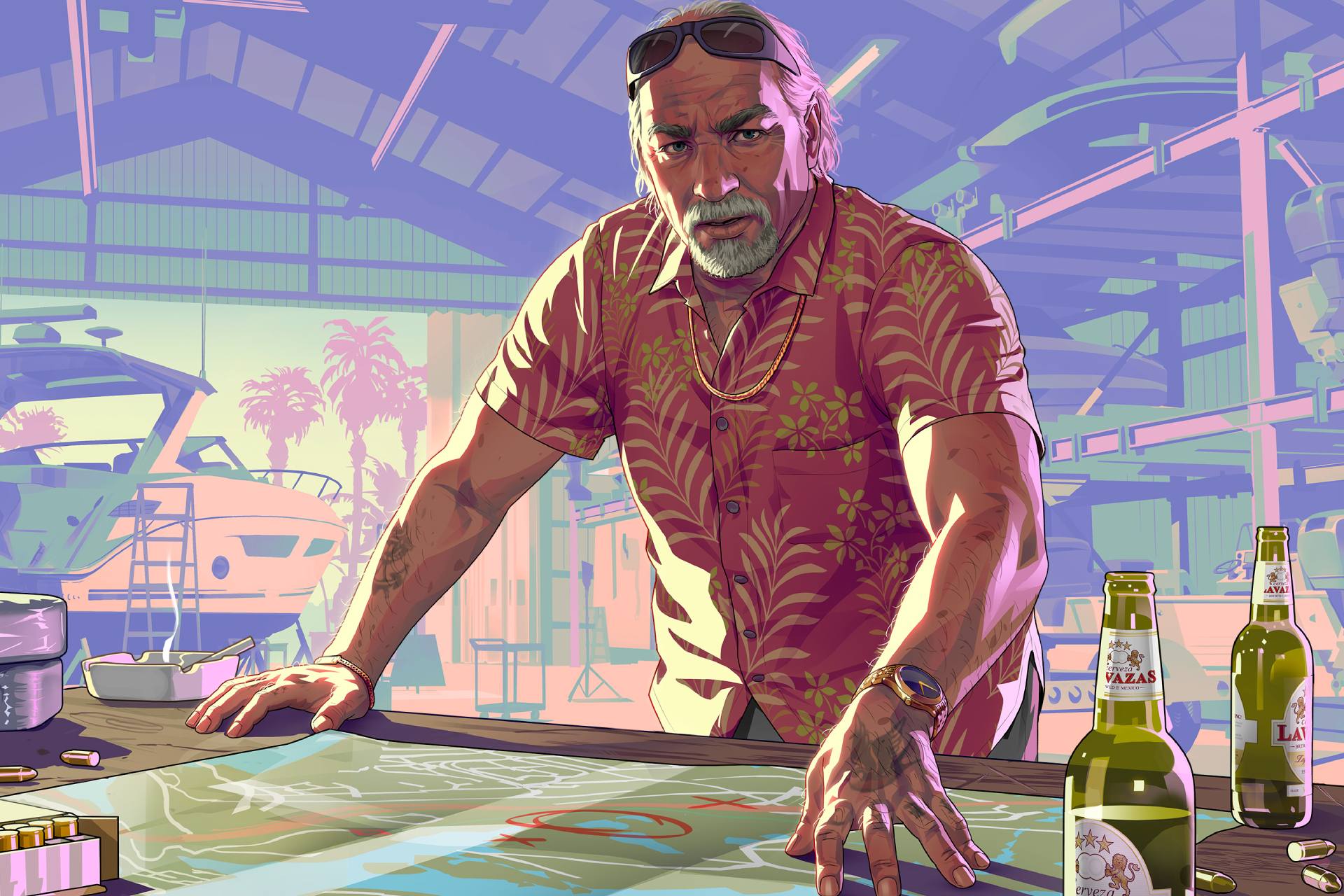GTA 6 is one of the most expensive games in history and is likely to enter the market with an unexpected price. This highly anticipated title is not only set to push the technical and narrative boundaries of video games but may also define new standards for AAA game pricing. Unprecedented expectations for this game have placed it in the spotlight, and any pricing decision could have widespread implications for the entire industry.
New comments from analysts have reinforced previous speculations about a potential $100 price tag for GTA 6; a notion that, if realized, could signal the beginning of a new era for pricing high-budget games. This price is a significant jump from the current $70 standard and could spark serious debates about the valuation of entertainment content and its accessibility for a global audience. Many gamers worldwide are concerned that this price increase will keep major games out of reach for a large segment of the community, somewhat pushing the industry towards an elite audience.
Analysts believe that Rockstar Games will reap significant profits with the release of the highly anticipated GTA 6. Rockstar’s unparalleled reputation for creating high-quality, story-driven games gives them the leverage to take such a big risk in pricing. The financial successes of their previous titles, including over 175 million copies sold for GTA V and the success of Red Dead Redemption 2, demonstrate strong fan loyalty and Rockstar’s ability to attract a broad audience willing to pay more for their games.
Why the Astronomical Costs of GTA 6: An Overview of Development Dimensions
Analysts estimate that the development cost of GTA 6 will exceed $1.5 billion; a figure that likely includes marketing expenses. This amount places GTA 6 among the most expensive entertainment projects in history, alongside Hollywood blockbusters. There are several reasons behind this astronomical estimate. Firstly, the unprecedented scale of the game world and stunning graphical details. Rockstar is known for creating living, dynamic worlds where even the smallest details are meticulously designed. This requires hiring thousands of 3D artists, environmental designers, character designers, and texture artists.
Secondly, technical complexities and gameplay innovations also contribute to the budget increase. The use of advanced game engines, implementation of complex AI systems for NPCs, and realistic physics all require heavy investment in research and development and the hiring of skilled software engineers. Furthermore, extensive motion capture for fluid and natural character animations and high-quality voice recording from prominent actors account for a significant portion of the costs. These processes are not only expensive but also time-consuming, requiring advanced studios and large production teams.
In addition, years spent on game development (reportedly over a decade from initial concept to final release) mean paying salaries and benefits to a large number of employees for an extended period. The longer a project takes, the higher its ongoing costs will be, which is a significant factor in increasing the final budget. This massive scale of production, coupled with incredibly high expectations for every Rockstar title, justifies the company’s multi-billion-dollar budgets, making it one of the few companies in the industry with the capability and daring to undertake such investments.
From $60 to $100: The Evolution of Game Pricing
In the past, speculations about GTA 6’s development cost ranged from one to two billion dollars, but no official figures have been released by Rockstar or its parent company Take-Two to date. However, considering these costs, analysts expect the game’s launch price to also increase. For decades, the standard price for AAA games on consoles and PC was around $60. This price remained unchanged for a long time, even with rising production costs and inflation consistently driving up development expenses.
With the advent of the new console generation (PlayStation 5 and Xbox Series X/S), we saw the standard price increase to $70. Publishers like Sony and Activision justified this increase by citing higher production costs and the delivery of more advanced graphical and gameplay experiences. This increase, although met with some resistance, was ultimately accepted by the market. Now, a $100 price tag for GTA 6 is considered a massive and unprecedented leap, signifying the acceptance of a significant business risk that could change the rules of the game forever.
If GTA 6 successfully launches at $100 and achieves staggering sales, it can be expected that other major publishers will gradually increase the prices of their high-budget games as well. This could lead to the creation of a new class of “premium” games with prices significantly higher than the current standard, while other games might retain their traditional pricing. This phenomenon, while profitable for publishers, could pose serious challenges for consumers, especially in developing or middle-income markets. This might lead to a decrease in the adoption rate of new games in some regions and an increase in the digital divide, but at the same time, it could make gamers more discerning in their choices and gravitate towards games with high content value and long lifespan.
Rockstar’s Business Model: The Engine of Online Profitability
Another analyst spoke with figures: “I expect GTA 6 to launch at $100. This game will be incredibly profitable. Most likely, its total sales will reach $10 billion, and it will generate $500 million annually from the online component.” This prediction clearly shows that Rockstar does not solely rely on initial game sales; rather, the online section of the game, especially GTA Online, is a stable and highly profitable revenue source for the company and could even surpass initial game sales.
Rockstar’s business model is increasingly based on “Recurrent Consumer Spending” (RCS). This monetization model includes the sale of in-game items (such as virtual currency, vehicles, clothing, and properties), large expansion packs that add new content, and possibly paid subscriptions in the future for access to exclusive content or special benefits. The unparalleled success of GTA Online, which continues to generate billions of dollars years after GTA V’s release, is a prime example of this strategy. This online platform, with regular updates and seasonal events, encourages players to return and spend money in the game, and even players who did not initially purchase the game can be attracted through this online content.
GTA 6 is also expected to follow this trend with a stronger online component and long-term support, ensuring a sustainable revenue stream for Take-Two Interactive. This approach allows Rockstar to justify heavy development costs, as they know that the initial investment will be offset by long-term and continuous profitability. This post-purchase monetization gives games a longer lifespan, transforming them into a “service platform” rather than just a one-time product. This strategy enables Rockstar to maximize its profitability in the long run while continuously delivering fresh and exciting content to its player community.
Impact on the Industry and Potential Consumer Reaction
Raising game prices to $100 could have widespread impacts on the gaming industry and consumer purchasing habits. On one hand, it could put more pressure on developers to deliver products with exceptionally high quality, infinitely rich content, and long-term support to justify this high price. This could lead to more innovations and higher quality standards in the industry, as publishers will be forced to provide real value for this price, or else face negative market reactions.
On the other hand, some gamers, especially those with limited budgets, might be deterred from buying new games at these high prices. This could lead to an increase in the popularity of Free-to-Play games, subscription services like Xbox Game Pass or PlayStation Plus, and lower-priced Indie Games. Gamers might opt for more affordable alternatives that still offer an enjoyable experience and meet their entertainment needs, rather than purchasing an expensive game.
This price change could lead to a deeper division between very expensive AAA games and independent or medium-budget games. Indie games, with their lower prices and specific innovations, might target new Niche Markets and establish their position alongside major titles by offering unique experiences. This new market dynamic requires adaptability from all industry players, from developers and publishers to retailers and gamers themselves, to survive and thrive in this evolving ecosystem. Furthermore, we might see an increased demand for game rental or subscription models.
The Future of Video Game Pricing: A Market Test
Will the $100 price become the new industry standard? This question will be answered by the commercial success or failure of GTA 6 at this price point. If Rockstar can achieve its target of $10 billion in total sales and realize $500 million in annual revenue from the online segment at this price, there will undoubtedly be many companies following suit. In that case, the $100 price for major titles might become a new norm, and consumer expectations for paying this amount for AAA games will be established.
This trend could lead to increased profitability for publishers and greater investment in larger, more ambitious games, but at the same time, it could raise concerns about game accessibility for all segments of society. The gaming industry must carefully monitor market reactions and, if necessary, adjust its strategies to maintain a balance between profitability and attracting a broad audience. Perhaps in the future, we will see different versions of games at varying prices, or models that allow players to gradually pay for access to the full game content.
Ultimately, the price of GTA 6 will be a major test for the market and consumers. Are gamers willing to pay $100 for an unparalleled experience, several years of online content, and a boundless game world? Given the immense anticipation for this game and Rockstar’s stellar track record of delivering exceptionally high-quality products, it appears the company is making a big gamble with the potential for massive returns, which could define the future of video game pricing for years to come. This could signify the beginning of a new era in digital product pricing, where content value and game lifespan play a more prominent role in determining the price.

Source: Zoomit



